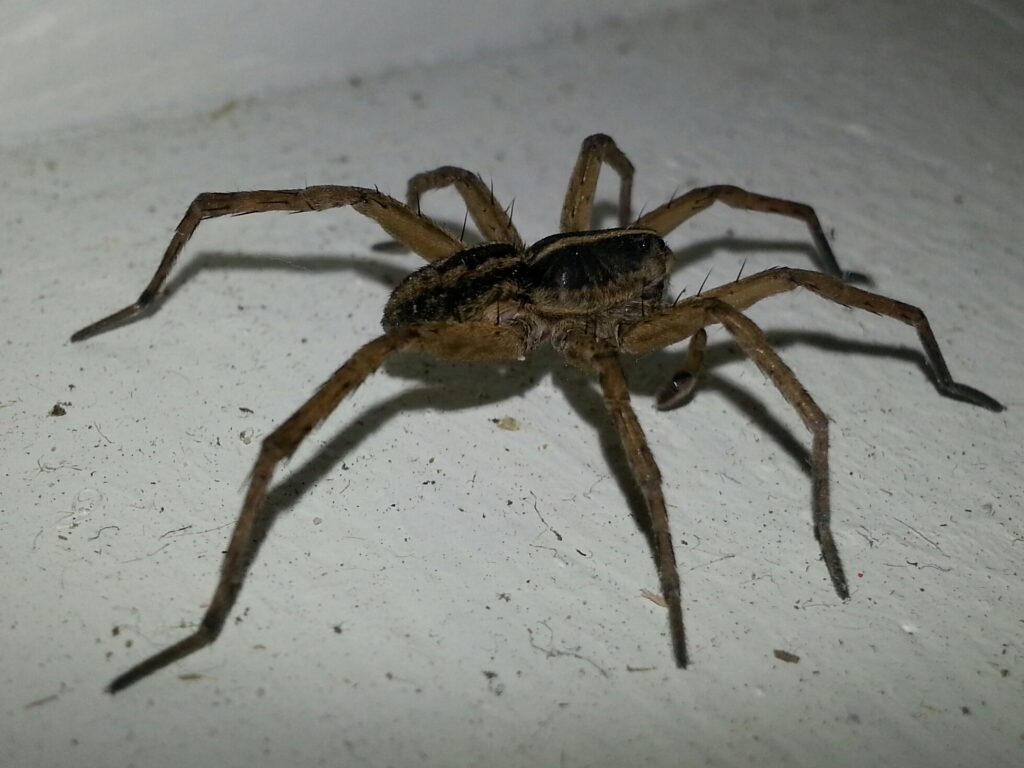 Rats are unpleasant pests that can find their way into basements, attics and other hidden areas of your home. They’re also remarkable animals with fascinating anatomy. While you may not enjoy seeing signs of a rat in your home, you may enjoy learning more about their unique physical features.
At the first sign of rats in your home contact our rodent control experts at Truly Nolen Canada.
Rats are unpleasant pests that can find their way into basements, attics and other hidden areas of your home. They’re also remarkable animals with fascinating anatomy. While you may not enjoy seeing signs of a rat in your home, you may enjoy learning more about their unique physical features.
At the first sign of rats in your home contact our rodent control experts at Truly Nolen Canada.
Why Rats Have Tails
Rats use their tails for two main purposes: balance and thermoregulation. Understanding these two purposes can be helpful before exploring the anatomy of a rat’s tail. If you’ve ever seen a rat scamp up a rope, cruise around your home or scale a wall, you understand their need for balance. Rats use their tails to adjust their center of gravity, particularly when climbing on a rope or other difficult object. By making small tail adjustments, a rat can change its rotational inertia and reduce the risk of falling off a small object or precarious perch. Scampering around your home or the great outdoors can be hard work for a rat. After exerting itself, a rat needs a way to cool down. Tails perform this task easily. Because rat tails don’t have fur and have a large number of blood vessels, they’re an ideal area for body heat to dissipate. Both of these features are critical to the health and wellbeing of a rat, but there are some rodent species and mutations that don’t have a tail. Tailless rats have learned to adapt without this helpful body part, but are at a distinct disadvantage. A rat without a tail can’t cool down as fast or navigate difficult objects as easily as a tailed one.All About Anatomy
Now that you know what a tail is for, you can better appreciate the fascinating anatomy of a rat tail. A cross-section of a tail reveals a few common and surprising features about its anatomy. Here are the anatomical components of a rat’s tail:- Bone
- Tendons
- Lateral veins
- Dorsal vein
- Smaller veins
- Ventral artery
- Skin

